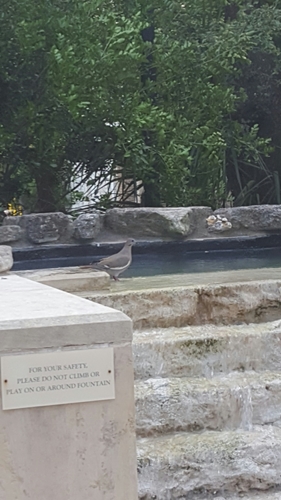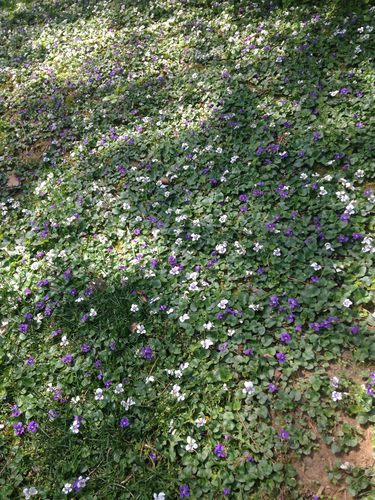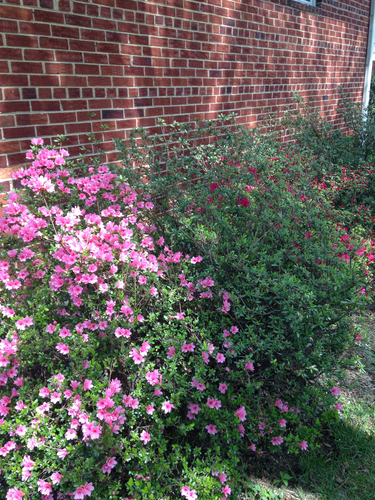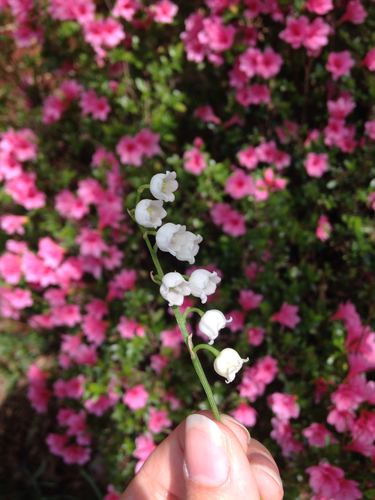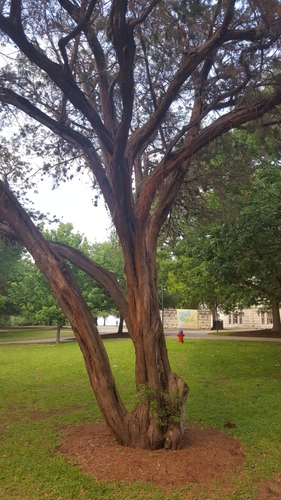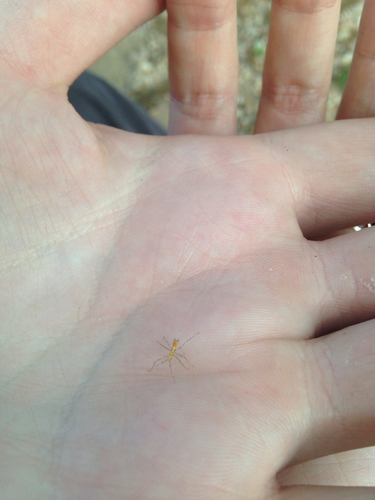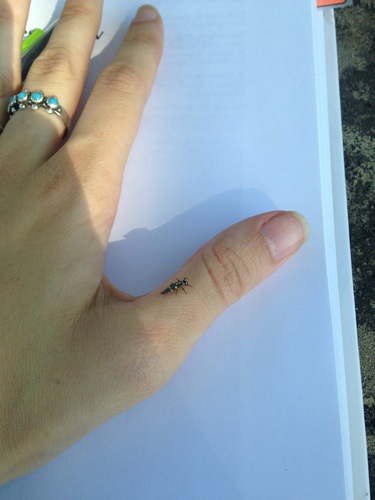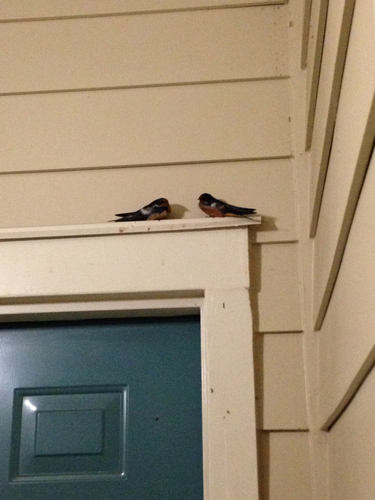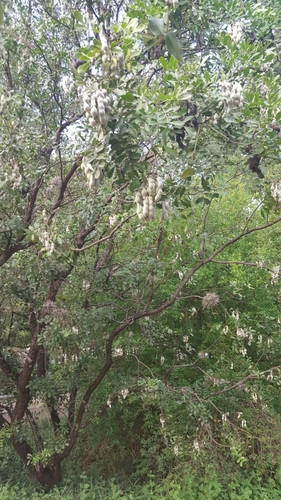
There were so many butterflies in the field, I couldn’t walk anywhere without nearly running into pairs of them flying in spirals, or rousing some from the grass near my feet. I chased this tiny grey one around for a while, trying to get close enough to snap a picture.
Eventually he landed with the sun illuminating his profile, and I managed to get a few shots with the pattern on his wings showing. After getting a good look at the images in the shade, I decided that the Gray Hairstreak butterfly is one of my favorites.
Let me list a few reasons why: Tiny body, easily hidden in the grass, and so fuzzy. I also just love how alien he looks with his white head, slanted black eyes, and striped antennae. I’m constantly in awe of nature’s designs.
iNaturalist Observations
